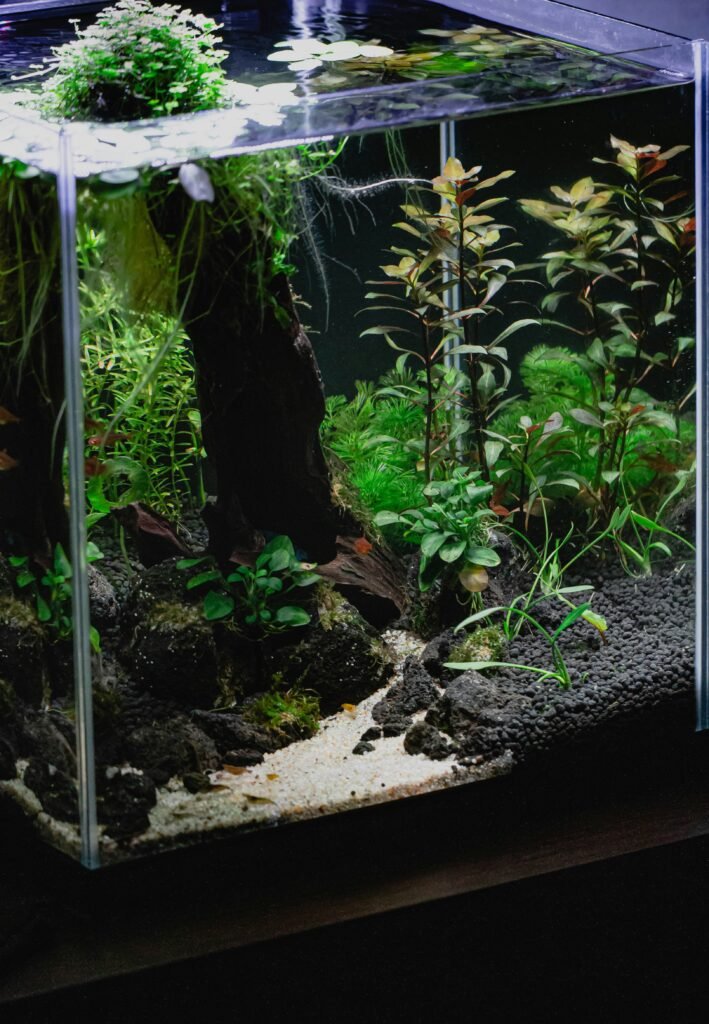Glass vs. Acrylic Tanks: Are Acrylic Tanks Worth It?
Introduction Choosing the right aquarium tank is crucial for any tropical fishkeeping hobbyist. The two primary materials used for aquarium tanks are glass and acrylic. You may be more familiar with the brand name “Plexiglass” which is the same material as acrylic. Each has its own set of advantages and disadvantages, which can influence your decision. This article will explore key factors such as longevity, clarity, crack and scratch resistance, and cost to help you make an informed choice. Longevity and Durability When it comes to longevity, both glass and acrylic tanks have their strengths. Glass tanks are known for their durability and can last for decades if properly maintained. On the other hand, acrylic tanks are less likely to shatter upon impact, making them safer in households with active pets or children. However, acrylic can be prone to scratches, which may require occasional polishing. Clarity and Yellowing Glass tanks generally maintain their clarity over time and do not yellow. Acrylic tanks, while initially offering better clarity than glass, can yellow with age, especially when exposed to direct sunlight. This yellowing can affect the overall aesthetics of your aquarium, so it’s essential to consider the placement and exposure of your tank. Strength and Scratch Resistance Acrylic tanks are known for their high impact resistance, reducing the risk of cracks and breaks. This makes them a safer choice in environments where the tank may be accidentally bumped or knocked over. Glass tanks, although strong, are more susceptible to cracking under impact. However, they are generally heavier and sturdier, providing a solid feel. One of the significant drawbacks of acrylic tanks is their susceptibility to scratches. Everyday cleaning tools and even small particles can scratch the surface, affecting the tank’s appearance. Glass tanks are more scratch-resistant, allowing you to clean them with a variety of tools without worrying about damaging the surface. Cost Considerations Cost can be a determining factor for many hobbyists. Generally, glass tanks are more affordable than acrylic tanks of the same size. Acrylic tanks tend to be more expensive due to their manufacturing process and the material’s properties. However, the long-term benefits, such as reduced risk of cracks and lighter weight, might justify the higher initial investment for some. Conclusion Both glass and acrylic aquarium tanks have their own set of advantages and disadvantages. Your choice will depend on your specific needs, preferences, and budget. Glass tanks offer durability and scratch resistance at a lower cost, while acrylic tanks provide better impact resistance and initial clarity but may require more frequent maintenance. Consider these factors carefully to ensure the best environment for your tropical fish. FishTankEssentials recommends an acrylic tank for all except those advanced hobbyist creating display tanks. We recommend using the money you save for a larger tank, if possible!



